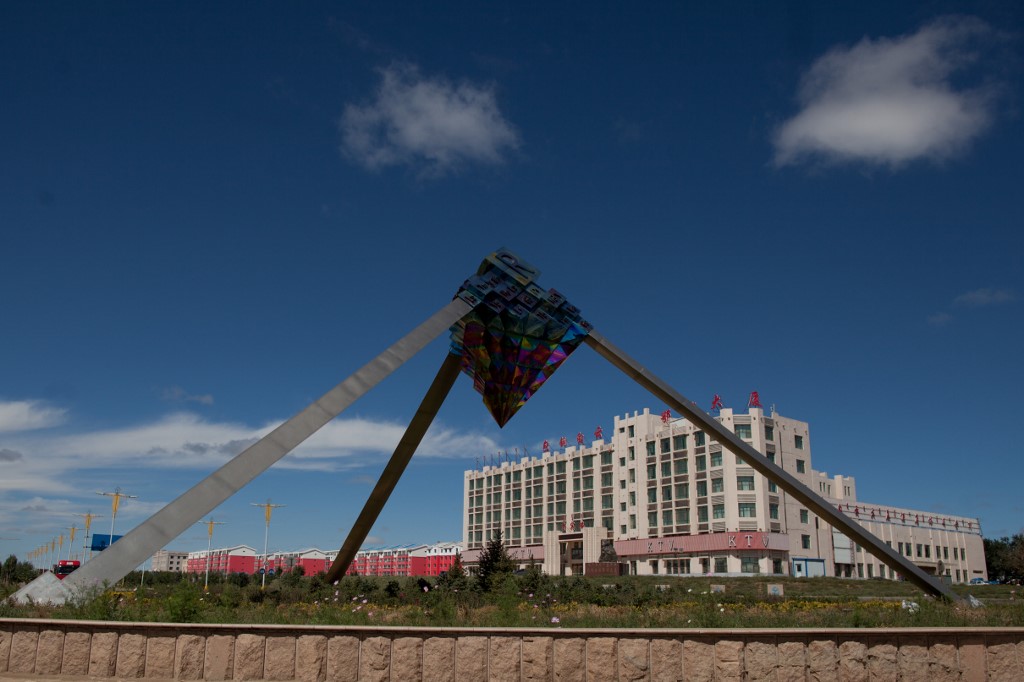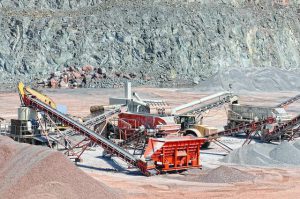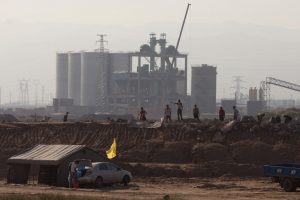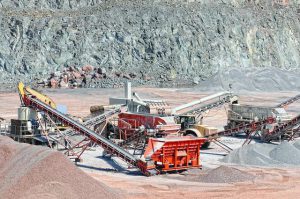(ATF) On Monday (March 1), a Ministry of Industry and Information Technology official publicly explained the phenomenon of China’s “rare earths being sold at the price of cabbages.” He also noted bluntly that Japan is worth studying to learn how to develop high-end rare earths, as their neighbour dominates the technologies for them. And that, China’s Science and Technology Daily said, is obvious to all in the industry.
Chairman Mao once famously said “seek truth from facts” due to historical reasons and other factors. And there is indeed a gap between China’s rare earth industry and developed countries, the paper noted. It said the gap is becoming more of a driving force, prompting China’s rare earth sector to continue to catch up and progress.
In Baotou, the paper said it saw a continuous vacuum casting furnace made by Showa Denko, and rented from Japan by Jinmenghui Magnetics company. “After introducing this production equipment, we have innovated again. In addition to the cooling process of the castings, the castings currently produced by the company are the best castings for processing neodymium iron boron magnets in the industry,” Sun Xiping, the person in charge of the company, said.
Development of the industry is advancing
China’s Rare Earth Industry Prosperity Index Report, compiled by the Xinhua Index division at China’s Economic Information Service, says in the fourth quarter of last year China’s rare earth industry rated 109.26 points, which is high. Six sub-indices on market performance, production and operation, employee status, inventory status, financing status and technological innovation are all above the prosperity line and in the “prosperity” range.
“In the sub-indices, the market performance scored the highest at 120.27 points. From the supply side, the domestic rare earth industry integration ended, Myanmar’s mixed rare earth carbonate imports fell, and the overall tight supply supported price increases.
“The high demand is for magnetic materials, and the multi-faceted recovery in demand has promoted the rise of rare earth prices,” according to analyst Huang Rong, who said Rare Earth Products Exchange, the increase in the proportion of domestic home appliances such as inverter air conditioners has promoted a rise in demand for magnetic materials, while the global new energy vehicles (NEV) will help maintain a high growth rate.
Those factors will drive a growth in demand for high-performance NdFeB, while mid-to-high-end magnetic material companies have fully resumed work and production, so they continue to expand, and the demand for replenishment has brought a linked increase in the price of light and heavy rare earths.
In addition, the technical innovation index was put at 108.11 points, which was also in the “prosperity” range. Compared with the third quarter, the score of this index rose by 2.23 points, an increase of 2.1%. Technological innovation indicators mainly investigate how companies expect to invest in science and technology research and development the first quarter of 2021.
According to Xinhua Index Division’s results, more than 70% of companies surveyed companies expect the first quarter of this year to have the same level of technological innovation as the last quarter of 2020. But 16% of them still expect to R&D investment will increase in this quarter, while 13.5% expect the number of R&D staff will also increase. More than half of these companies had patented technologies, and some had independently developed production equipment that accounted for more than 90% of all production equipment.
Rare earth technology innovation accumulates thinly
Yan Huizhong, a technical expert and senior engineer at Baotou Rare Earth Research Institute, said: “Regardless of innovation models, the key to transforming China’s rare earth resource advantages into economic gains lies in improving the level of rare earth applications. On the basis of continuing to play the role of promoting supply-side structural reforms, with the strength of the pulling effect of demand-side structural reforms, we strive to reach the downstream market and industry,” Yan said.
Their innovation aims to continuously expand the application of rare earths, and to stimulate the development of the rare earth industry with the demand of the domestic rare-earth value chain and manufacturing. China is hoping for a leap in development.
At present, the new high-capacity La-Y-Ni hydrogen storage material developed by Baotou Rare Earth Research Institute has an actual discharge capacity of 390 mAh/g, which exceeds the theoretical capacity of traditional LaNi5 hydrogen storage alloys and solves the problem of high-capacity La-Mg-.
The Ni-based hydrogen storage alloy is difficult to prepare. Coming up with a comprehensive performance to meet market demand and breakthrough foreign patent restrictions is a part of the effort.
“We have independently developed a new generation of rare earth lanthanum, yttrium and nickel hydrogen storage materials, and have authorised invention patents in China, Japan, and the United States. We are stepping up efforts to develop industrial application technologies in response to market demand,” Yan Huizhong said.
The successful research and development of rare earth magnesium-nickel-based hydrogen storage alloy electrode materials also provides a variety of possibilities for the development of hydrogen storage materials. In 2017, a new rare earth hydrogen storage alloy production demonstration line with an annual output of 200 tonnes was completed at the Rare Earth Center.
Professor Han Shumin of Yanshan University said: “The production line completely relies on independent innovation and independent intellectual property rights in production technology, equipment and product design. The product has been promoted and applied in many domestic power battery companies such as Corun, which has greatly promoted China’s high-tech industry, providing safety, easy recovery, technological progress and industrial competitiveness of water-based nickel-metal hydride power batteries.”
Steel for high-speed rail
Speaking of innovation, Liu Yubao, director of the Metal Materials Research Institute at Baotou Rare Earth Research Institute, said frankly that the rapid development of domestic high-speed railways requires extremely high-end steel rails. The rare earth ferro-alloy additives they developed for rare earth steel have been tried out in domestic scientific research institutions and iron and steel enterprises, with good results, and the overall technology had reached the lead internationally.
In terms of medical treatments, Baotou Xibaobowei Medical System Co, has established an industry with an annual output of 100 magnetic resonance equipment in the research and development, production and service of rare earth permanent magnetic resonance imaging instruments. Chemical bases and large-scale R&D centres have continued to develop a variety of rare earth permanent magnetic resonance products with independent intellectual property rights that are suitable for popular use at the grassroots level, creating a national brand of large-scale medical equipment.
Yan Huizhong said the international division of labour in the industrial chain and globalisation of the economy was a major trend. Based on this, relying on innovation would gradually form a new development pattern with domestic and international cycles as the main body and mutual promotion of domestic and international cycles, and make better use of the international and domestic markets.
The rare earth industry, he said, could only achieve stronger and sustainable development with the blessing of science and technology.
ALSO SEE:
- The rare earths outlook for 2021
- Push for trading exchange to stabilise rare earth pricing in China
- China enforces new export controls, red letter day for rare earths
- Rare earth stock soars as US-China standoff continues
- China plans global dominance of rare earths, virus rival USA
- China threatens rare earths blacklist as trade war expands
























